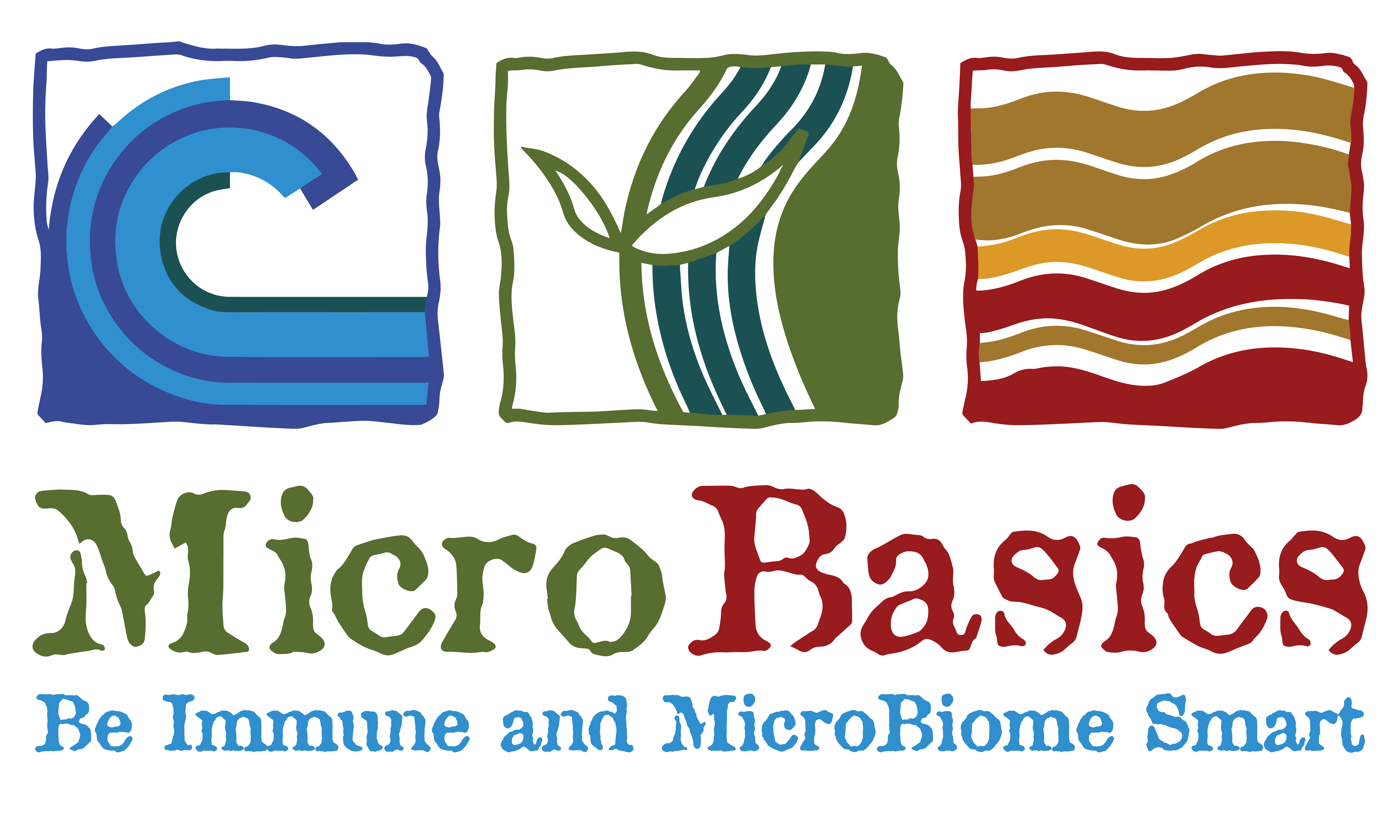Probiotics have become quite a hot topic as we discover more about each different strain and their role in the microbiome. There is still much to learn, but here is a little about what we know now.
ROLE OF PROBIOTICS
Stabilize rumen fermentation
Promote lactic acid production
Mitigate negative effects of stress on the gut
Increase dry matter intake
Increase feed efficiency
Stimulate immune response
Exclude harmful pathogens
PRODUCT COMPARISON
It seems like probiotic products are flooding the market, and it may be difficult to understand differences from one product to another. Here are some things to look for.
Colony Forming Units indicate the organism count provided in the supplement. The larger or more CFU’s a product has, the more probiotics it will provide and most likely will be more effective than a product with a lower count.
Different bacteria do different things and produce different metabolites.
Lactobacillus: promotes digestion and prevents invasion of pathogens.
Bacillus subtilis: produces large amounts of digestive enzymes and competitive exclusion of pathogenic bacteria.
Bifidobacterium: regulation of microbial homeostasis, produce vitamins, improve gut mucosal barrier.
Choose a formula that is research
Continually monitor the performance of any product.
WHEN TO USE A PROBIOTIC
Neonatal calves
Post weaning
Shipping
Heat Stress
Postpartum
Metabolic Disorders
Here at Calf Distinction, we have chosen to utilize different strains of probiotics in our supplements dependent upon the desired function!

